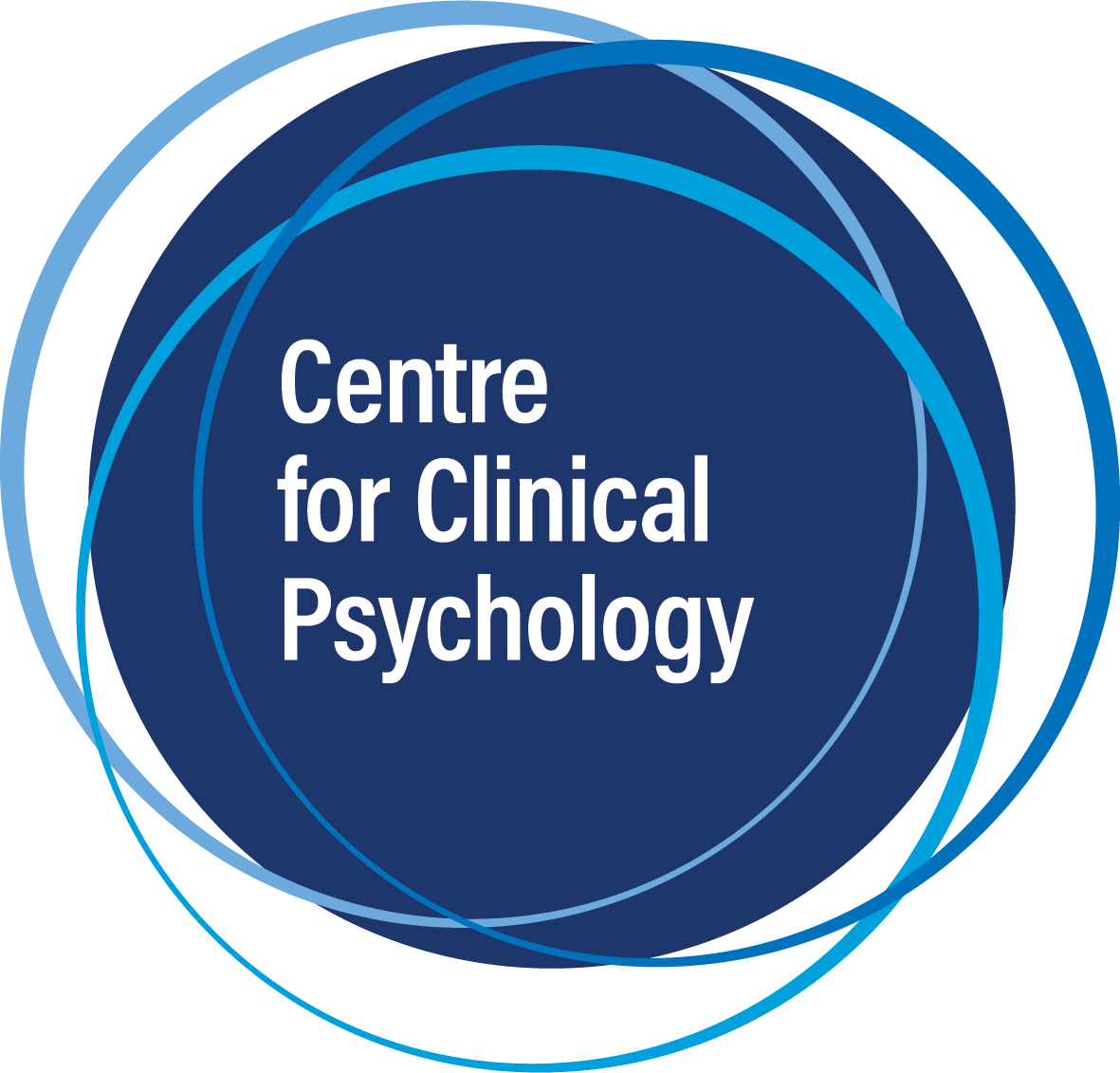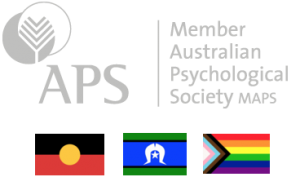Panic disorder and post-traumatic stress disorder (PTSD) are two mental health conditions that can be difficult to differentiate from each other. While both can cause intense feelings of fear and anxiety, they are caused by different underlying issues. It’s important to understand the differences between the two conditions in order to receive the appropriate treatment. For example, panic symptoms can be present in PTSD, but this may not be a panic disorder. Here, we will explore the differences between panic disorder and PTSD.
Panic disorder and PTSD
Panic disorder is a type of anxiety disorder that is characterized by sudden and unexpected panic attacks. During a panic attack, a person may experience symptoms such as rapid heartbeat, sweating, trembling, shortness of breath, and a feeling of impending doom. Panic attacks can be extremely distressing and can occur out of the blue, making it difficult for someone to predict when they may happen. Panic disorder can be caused by a combination of genetic and environmental factors.
PTSD, on the other hand, is a condition that develops after someone experiences or witnesses a traumatic event(s). Even if that event was a long time ago, such as in childhood. Symptoms of PTSD can include intrusive thoughts or memories of the trauma, nightmares, avoidance of triggers or anything that in some way might be a reminder of the event(s), hyperarousal, and negative changes in mood or thoughts. These symptoms can last for months or years and can severely impact a person’s ability to function in daily life. PTSD is caused by exposure to a traumatic event and its aftermath.
One key difference between panic disorder and PTSD is the cause of the condition. Panic disorder is caused by a combination of genetic and environmental factors, while PTSD is caused by exposure to a traumatic event. Panic disorder may also develop without an obvious cause, whereas PTSD always stems from a traumatic experience. This is the case even when the event is a long time ago, or if the memory of the event is fragmented.
Another difference between panic disorder and PTSD is the triggers for the symptoms. For panic disorder, the symptoms can be triggered by situations or stimuli that are perceived as dangerous or threatening, even if there is no actual danger present. For PTSD, the symptoms are triggered by both the perception of danger or threat and specific reminders of the traumatic event, such as a loud noise or a particular smell.
Treatment options for panic disorder and PTSD can also differ. While both conditions can be treated with therapy and medication, the type of therapy and medication may vary. For panic disorder, cognitive-behavioral therapy (CBT) and medication such as antidepressants or anti-anxiety medication are commonly used. For PTSD, cognitive processing therapy (CPT) and prolonged exposure therapy (PE) are often recommended. In some cases, medication may also be prescribed to help manage symptoms.
If you are experiencing symptoms of panic disorder or PTSD, it’s important to seek professional help. The Centre for Clinical Psychology in Melbourne offers a range of evidence-based treatments for panic disorder and PTSD. Their team of experienced and compassionate psychologists can help you manage your symptoms and improve your quality of life. To book an appointment, you can call them at 03 9077 0122 or visit their website https://ccp.net.au/booking/.
In conclusion, while panic disorder and PTSD can share some symptoms, they are caused by different underlying issues and require different treatments. If you are struggling with panic disorder or PTSD, seek help from a mental health professional. Contact the Centre for Clinical Psychology in Melbourne today to schedule an appointment and begin your journey towards healing and recovery.
Reference
American Psychiatric Association. (2013). Anxiety Disorders. In Diagnostic and statistical manual of mental disorders (5th ed.). https://doi.org/10.1176/appi.books.9780890425787.x05_Anxiety_Disorders
American Psychiatric Association. (2013). Trauma and Stressor Related Disorders. In Diagnostic and statistical manual of mental disorders (5th ed.). https://doi.org/10.1176/appi.books.9780890425787.x07_Trauma_and_Stressor_Related_Disorders
Kim, E. J., & Kim, Y. K. (2018). Panic disorders: The role of genetics and epigenetics. AIMS genetics, 5(3), 177–190. https://doi.org/10.3934/genet.2018.3.177
Na, H. R., Kang, E. H., Lee, J. H., & Yu, B. H. (2011). The genetic basis of panic disorder. Journal of Korean medical science, 26(6), 701–710. https://doi.org/10.3346/jkms.2011.26.6.701



